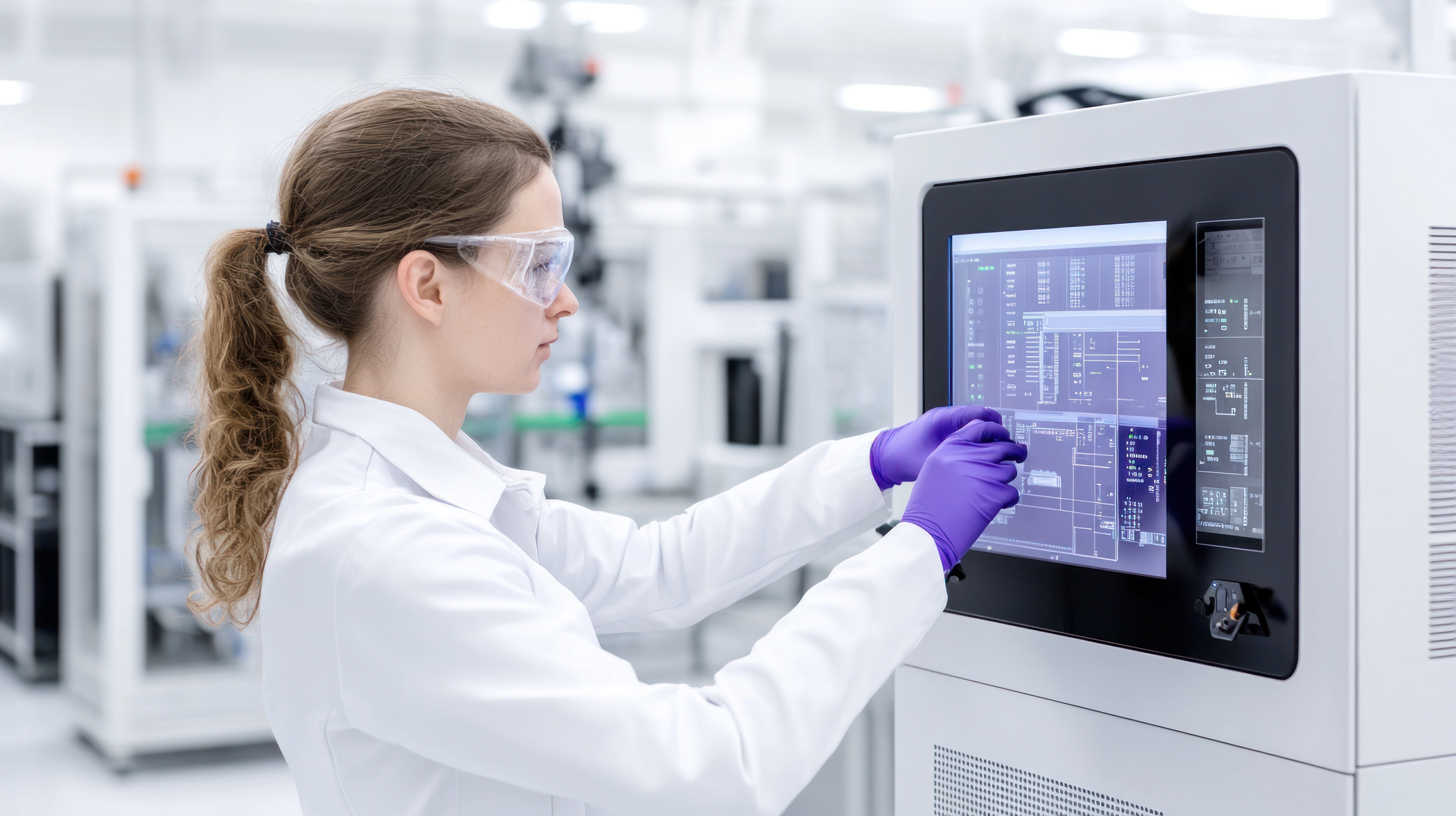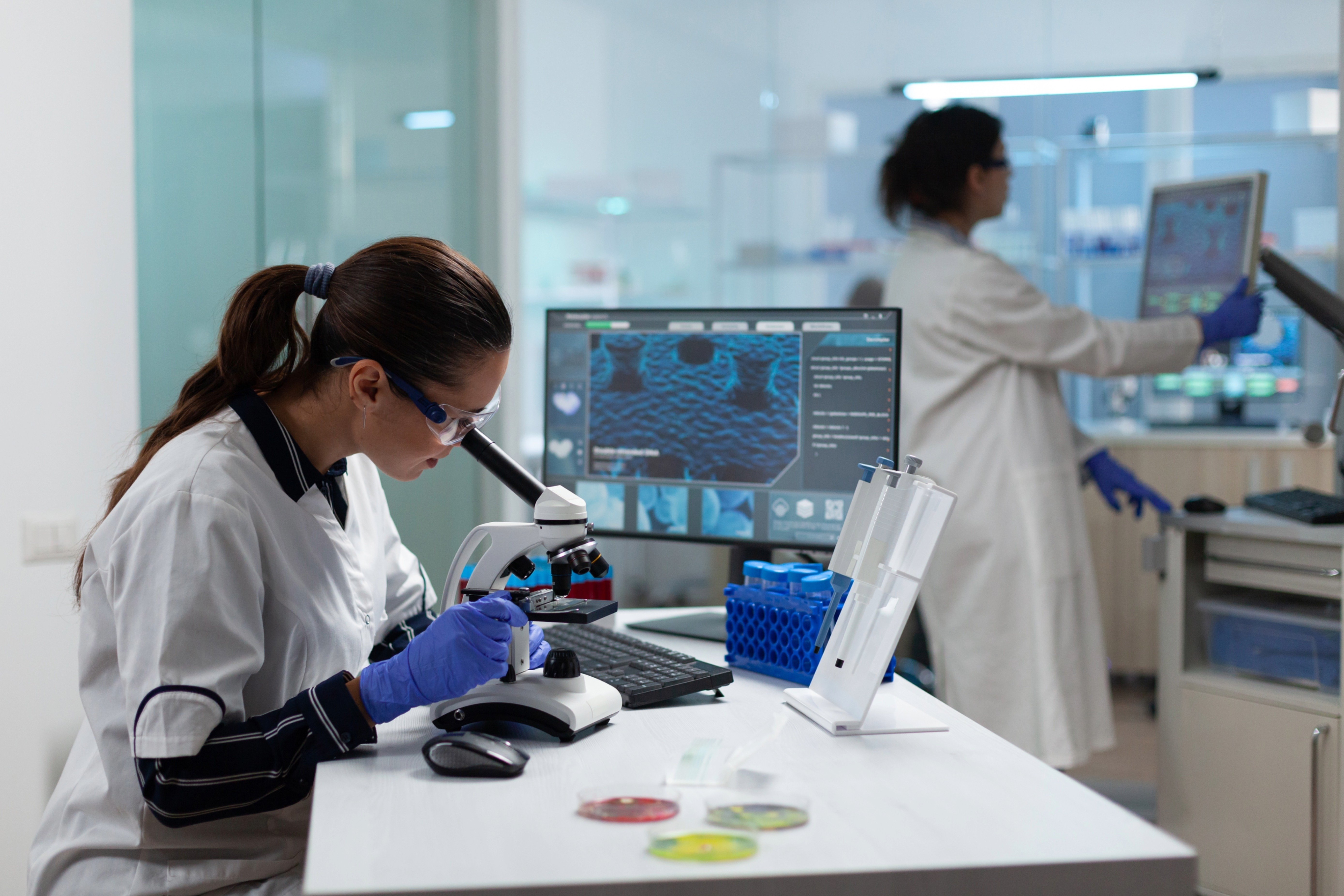Pharma and life sciences organizations are racing to modernize their IT ecosystems, yet legacy systems continue to weigh them down. From LIMS (Laboratory Information Management Systems) to pharmacovigilance platforms, these critical systems hold decades of institutional knowledge but often rigid, expensive, and non-compliant with today’s digital-first environment
Pharma and life sciences industry face constant pressure to accelerate innovation, maintain regulatory compliance, and reduce operational costs while managing complex IT ecosystems that have evolved over decades. A critical challenge many organizations face today is legacy system migration and code verification. They still depend on custom-built systems that manage essential workflows such as clinical data, laboratory processes, regulatory submissions, and pharmacovigilance reporting.
Modernizing these systems is more than a lift-and-shift exercise. It demands re-automation of processes, verification of migrated logic, and adherence to standards like 21 CFR Part 11, GxP, and GDPR. Generative AI (GenAI) is emerging as a powerful tool to simplify and speed up this transformation.
The Challenges of Legacy Migration in Pharma & Life Sciences

Legacy migration in regulated industries carries multiple risks and constraints. Below are common challenges that organizations face:
- Complex codebases: Many pharma companies still operate COBOL, .NET, or Java-based systems , often with fragmented documentation and limited legacy knowledge, as original developers retire or move on.
- Validation burden: Every migrated or updated component must pass stringent validation and testing cycles to meet audit and compliance requirements. Ongoing security and version updates create additional compatibility issues.
- Downtime risk: Core systems such as LIMS, ERP, and clinical data platforms cannot tolerate prolonged downtime, which could compromise business continuity or compliance.
-
Cost and time pressure: Traditional migration projects often stretch over several years, demanding significant investments and carrying high risk of error or non-compliance.
These challenges make automation and verification critical to any modernization effort.
How GenAI Powers Re-automation
GenAI introduces intelligence and adaptability into the migration process. It enables re-automation by intelligently mapping, modernizing, and validating processes with minimal manual intervention.
Below are key areas where it can bring tangible impact:
1. Code Understanding and Refactoring
GenAI can analyze legacy code, interpret business logic, and generate modern equivalents in frameworks such as Python, Java, or cloud-native architectures. This eliminates manual re-coding and reduces the risk of missed logic.
2. Automated Test and Validation Script Generation
In regulated pharma environments, test scripts and validation protocols must be traceable and exhaustive. GenAI can automatically generate unit tests, integration tests, and compliance checklists from existing specifications to accelerate validation cycles and maintain auditability.
3. Code Verification and Quality Assurance
AI-driven verification tools can detect anomalies, redundancies, and potential compliance gaps. For instance, if a pharmacovigilance migration alters data reporting logic, GenAI can flag the discrepancies before deployment and reduce the risk of non-compliance.
4. Natural Language to Code (NLC) for User Workflows
Scientists and business users can describe workflows in plain English (e.g., “extract adverse event reports by region and classify severity”), and GenAI can translate that into executable queries or scripts.
5. Re-Automation of SOPs and Workflows
Standard Operating Procedures (SOPs) that exist in static documents can be transformed into digital workflows. GenAI can analyze documentation, identify procedural gaps, and propose digital SOPs aligned with Good Automated Manufacturing Practice (GAMP 5) standards.
Benefits of GenAI-driven Re-automation for Pharma & Life Sciences

When Pharma and Life Sciences organizations adopt GenAI in migration, they realize multiple advantages:
- Regulatory confidence: Automated verification strengthens compliance with FDA, EMA, and ICH requirements.
- Speed and agility: Migration timelines can compress from years to months or even weeks.
- Cost reduction: Automation reduces manual rework, testing effort, and compliance overhead.
- Knowledge preservation: Institutional knowledge captured in legacy systems becomes reusable through AI-assisted mapping.
-
Scalable innovation: Modernized platforms integrate seamlessly with cloud, AI-driven analytics, IoT, and digital twin technologies for next-gen R&D
Real-world Use Cases in Pharma & Life Sciences
Below are illustrative scenarios where GenAI-driven re-automation is already making a difference:
- Pharmacovigilance systems
Re-automating safety database migration with AI-backed validation ensures consistency and compliance with MedDRA standards.
- Clinical Data Platforms
Migrating legacy SAS-based trial repositories to cloud-native architecture, with GenAI verifying data logic and lineage.
- LIMS & ELN modernization
Upgrading on-premises systems to AI-enabled, cloud workflows while automating lab processes and validations.
- Regulatory submission workflows
Automating eCTD (Electronic Common Technical Document) data validation and version control during migration to ensure consistency and audit readiness.
These use cases show how GenAI supports both technical transformation and regulatory demands.
Conclusion and Next Steps
Pharma and life sciences organizations must treat re-automation as central to legacy migration and not an add-on. GenAI helps translate old logic into modern platforms, verify correctness, and maintain compliance.
At Accion Labs, our experience applying AI and cloud solutions in regulated settings has shown that success depends on a phased approach, clear governance, and close alignment with business needs. We assist clients in defining strategy, piloting use cases, and scaling up migration efforts while preserving regulatory integrity.
If you are preparing a legacy migration or validation project, we can help you design a roadmap that brings in GenAI gradually, reduces risk, and maximizes value. Partner with us to transform your legacy systems into modern, compliant, and reliable platforms.
